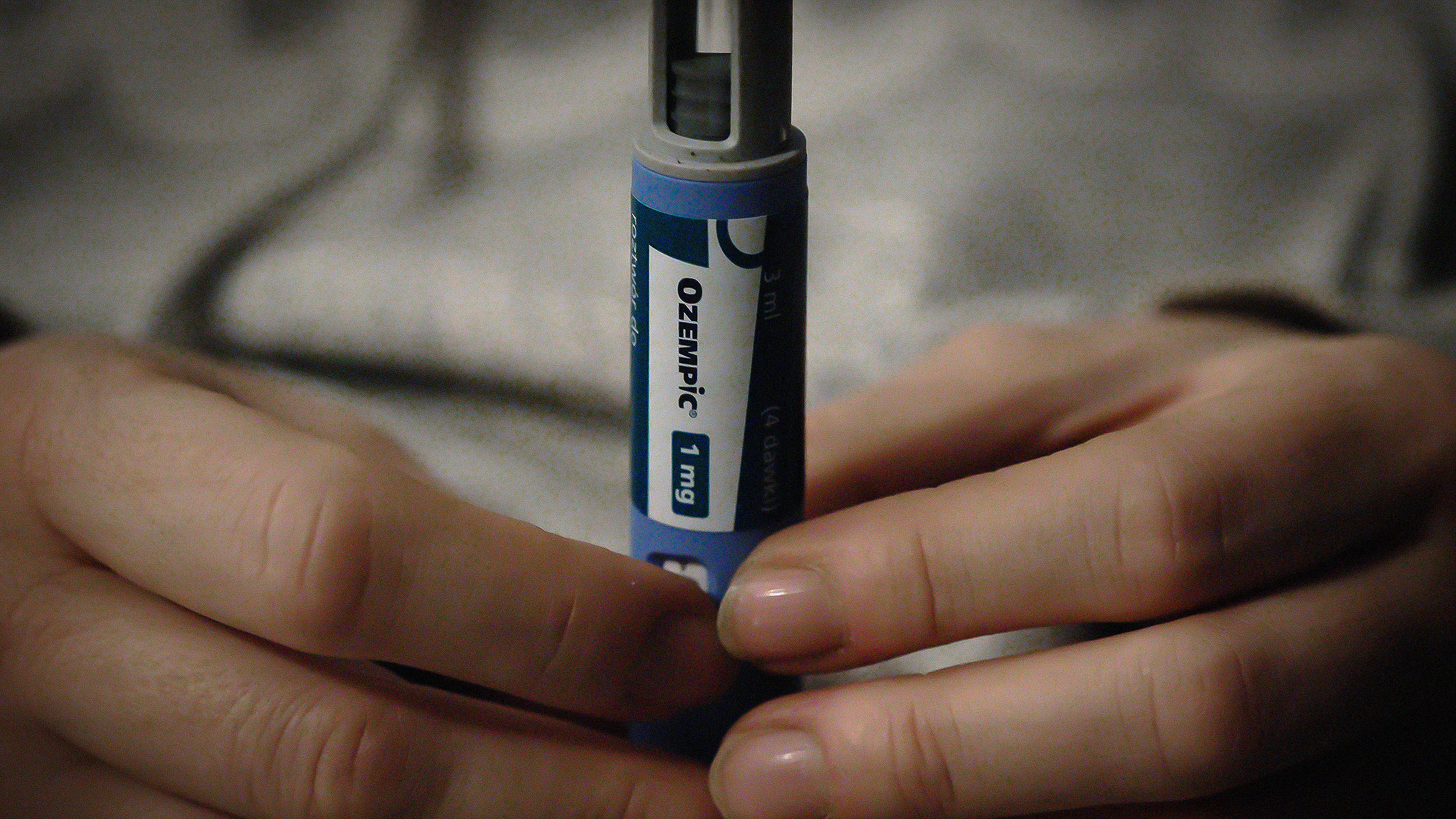Do vegetarians really have better sex than meat-eaters?

Photo by Prostock-studio on Shutterstock
- A new study explains the differences in libido and sexual satisfaction between vegetarians and meat-eaters, with vegetarians coming out on top.
- According to this survey, 57 percent of vegetarians claim to have sex 3-4 times per week compared to 49 percent of meat-eaters. Also, 58 percent of vegetarians (compared to 35 percent of meat-eaters) claim to be “givers” rather than “takers” in the bedroom.
- There are many reasons why vegetarians may be having better sex, from a healthier, easier-to-digest diet, to actually appearing physically more attractive due to the benefits of the vitamins in their food.
A 2020 study that surveyed 500 vegetarians (38 percent of which identified as vegans) and 500 meat-eaters has suggested that vegetarians are having better, more fulfilling sexual encounters than meat-eaters.
This survey was conducted by Illicit Encounters, the UK’s largest extramarital dating site. According to survey poll results, vegetarians are more likely to enjoy foreplay and dirty talk than their meat-eating counterparts.
The majority of vegetarians polled (57 percent) claimed to have sex 3-4 times per week, whereas most meat-eaters (49 percent) claimed to have sex 1-2 times per week. Additionally, 84 percent of vegetarians reported being satisfied with their sex lives compared to 59 percent of meat-eaters. Surprisingly, the polls showed that 95 percent of strictly vegan participants claimed to be completely satisfied with their sex life.
The survey went even further, diving into what specifically the participants were enjoying about their sex lives the most:
- 58 percent of vegetarians and 35 percent of meat-eaters claim they are “givers” rather than “takers” in the bedroom
- Most vegetarians and meat-eaters enjoy making out (92 percent versus 79 percent) and foreplay (88 percent versus 68 percent)
- Dirty talk was enjoyed by 48 percent of vegetarians compared to 35 percent of meat-eaters
- Bondage was enjoyed by 26 percent of vegetarians and 15 percent of meat-eaters

There are many reasons why vegetarians may be having more satisfying sex…Image by svtdesign on Shutterstock
Vegetarian or vegan diets can promote optimal body function
“Never underestimate the power of a plant-based diet,” writes Delfina Ure in Muscle and Fitness. “Every plant, seed, herb, nut, and fruit has a powerful chemical makeup and nutrient profile that promotes optimal body function for a healthy libido…”
Along with packing a punch with nutrients, eating less meat may also mean you have more energy to burn doing other things (like having sex). “Vegetarians have the one up on digestion with plants being easier on the body than a flank of meat,” that same article explains. Plants tend to be easier to break down into nutrients which can give your body a quick energy boost without a heavy feeling.
Erectile dysfunction may be more common in meat-eaters
Studies show around 75 percent of men who suffer from heart disease also suffer from erectile dysfunction. And medical evidence indicates meat-eating can cause impotence because the meat clogs up the arteries going to all the organs, not just the heart.
Diet and digestion can interrupt sleep, which can impact your sex life
A good night’s sleep naturally regulates athletic performance, according to Muscle and Fitness. Not only that, but sleep can impact hormone production, mood regulation, memory, and mental functions, and all of those can impact your sex drive. According to research, 1 in 3 Americans struggle with a sleep disorder and among those, the biggest culprit is diet and digestion.
“If you’re a heavy meat-eater overloading your body with protein you can’t break down, toxins you’re not removing and nutrients your body can’t get to, over time your body’s natural biorhythms will pay the toll…”
Vegetarians may be “more attractive”
According to a 2006 study from Charles University (in the Czech Republic), women may prefer the scent of a man who is vegetarian over the scent of a man who is a meat-eater. This makes sense, considering unprocessed toxins from meat can be released into the bloodstream and large intestines, and then get pushed out of the pores of the skin, causing meat-eaters to have a harsher body odor than vegetarians or those on a plant-based diet.
Someone on a vegetarian or vegan diet may also have better skin. Typical vegetarian diets consist of a lot of vitamins A and C, chlorophyll, and other vitamins/antioxidants that naturally work to clean, detox and revitalize the body (including our skin).





